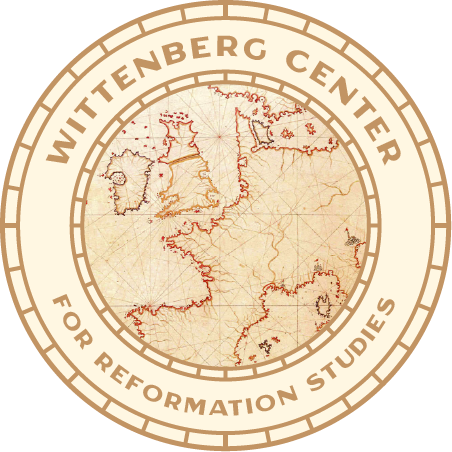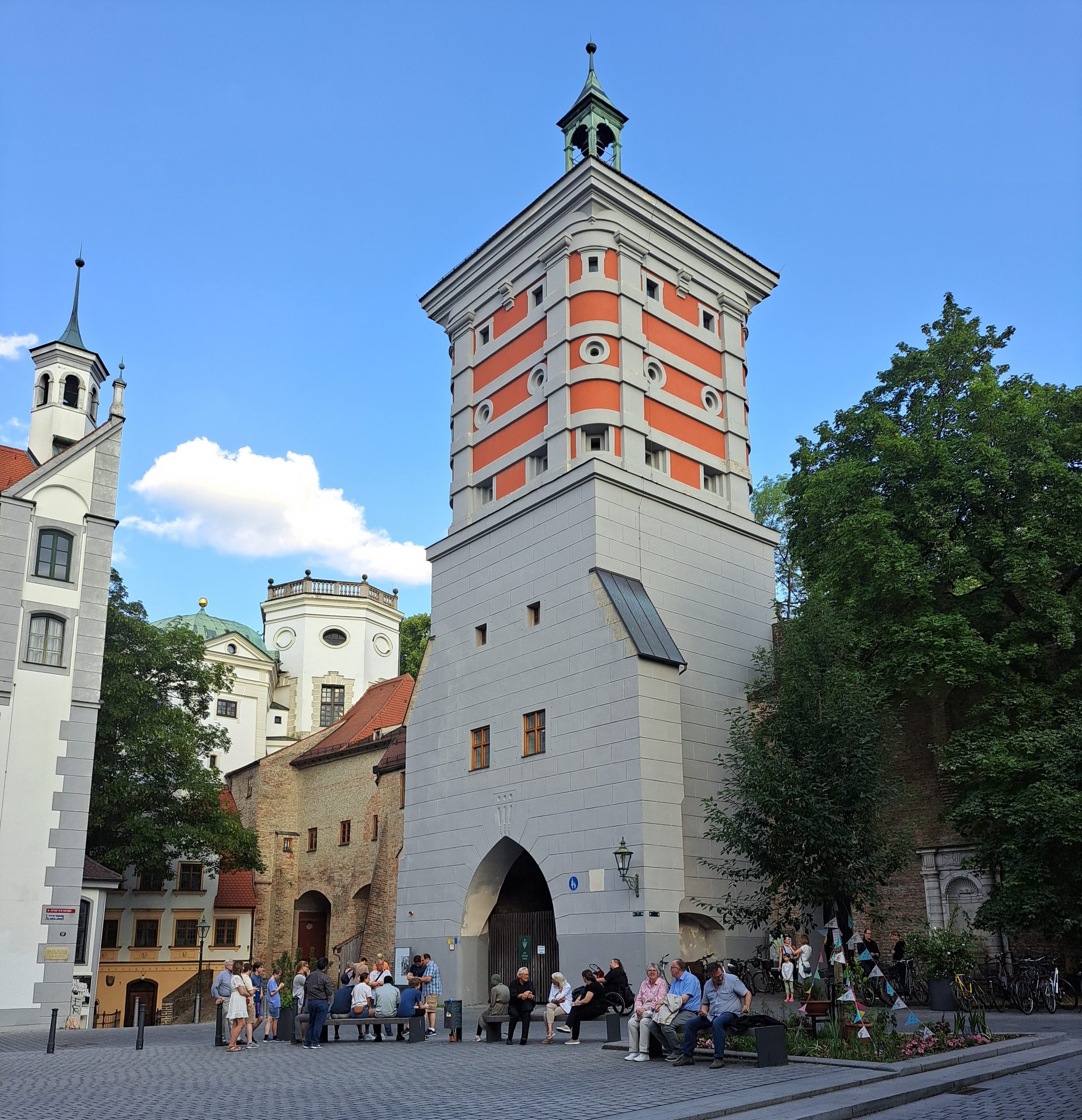The second excursion of the summer course started with another castle and another Luther chamber: Coburg Castle, where Luther lived in 1530 during the Diet of Augsburg. This fortress is now located in northern Bavaria (Franconia to be exact) and is not only a magnificent sight in itself, but also houses a famous collection of 16th century art.
After a day in Coburg, the group arrived in Nuremberg, where they spent nearly two days. Friday began with a guided tour of Old Nuremberg, with a special focus on St. Lorenz Church as the place where Thomas Cranmer became acquainted with the German Reformation in 1532. In the afternoon, the group took a guided tour of the Germanisches Nationalmuseum. Part of the tour included a visit to the Graphic Collection’s reading room, where the Fellows had a closer look at some Reformation broadsheets from the 1520s. There was no program on Saturday, so everyone was free to choose what they wanted to see. Some went to the Dürer House and the medieval castle, while others took the tram to the Reichsparteitagsgelände (Nazi party rally area).
In the evening, the group arrived in Augsburg and had a first tour, which included the waterworks at the Red Gate, where the Anabaptist Pilgram Marpeck worked as an engineer and gathered a group of followers. On Sunday, June 25, there was an optional Morning Prayer at St. Anne’s and then the group went to the Episcopal Palace, where 423 years earlier the Augsburg Confession was publicly read to the assembled estates of the empire and the emperor. The group explored other sights and monuments from City Hall to the Fuggerei before boarding the train back to Wittenberg in the evening.
These four days highlighted the impact of the Reformation on the urban center of southern Germany and the diversity of the urban Reformation.




